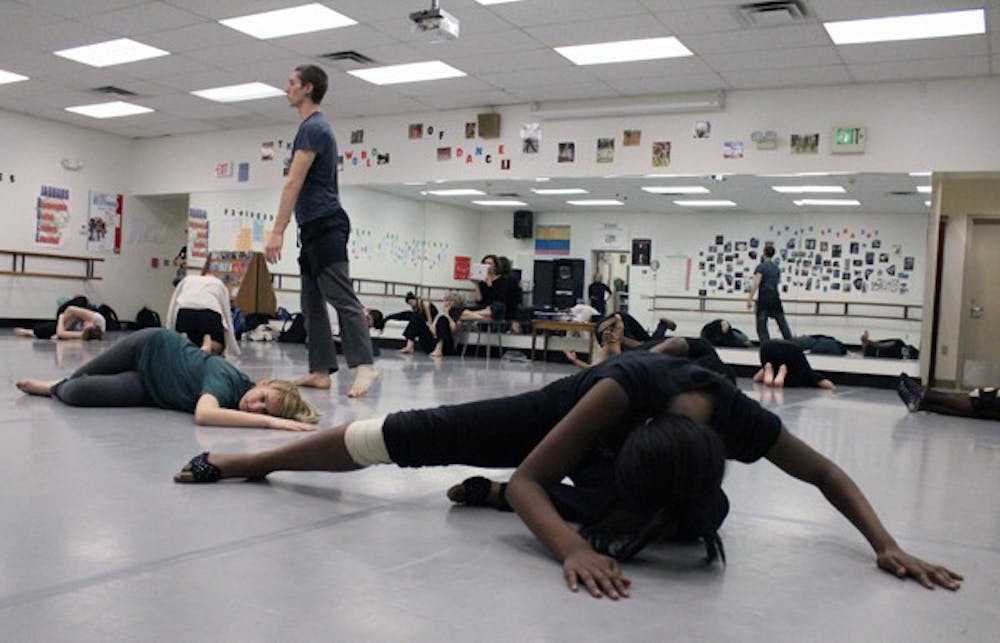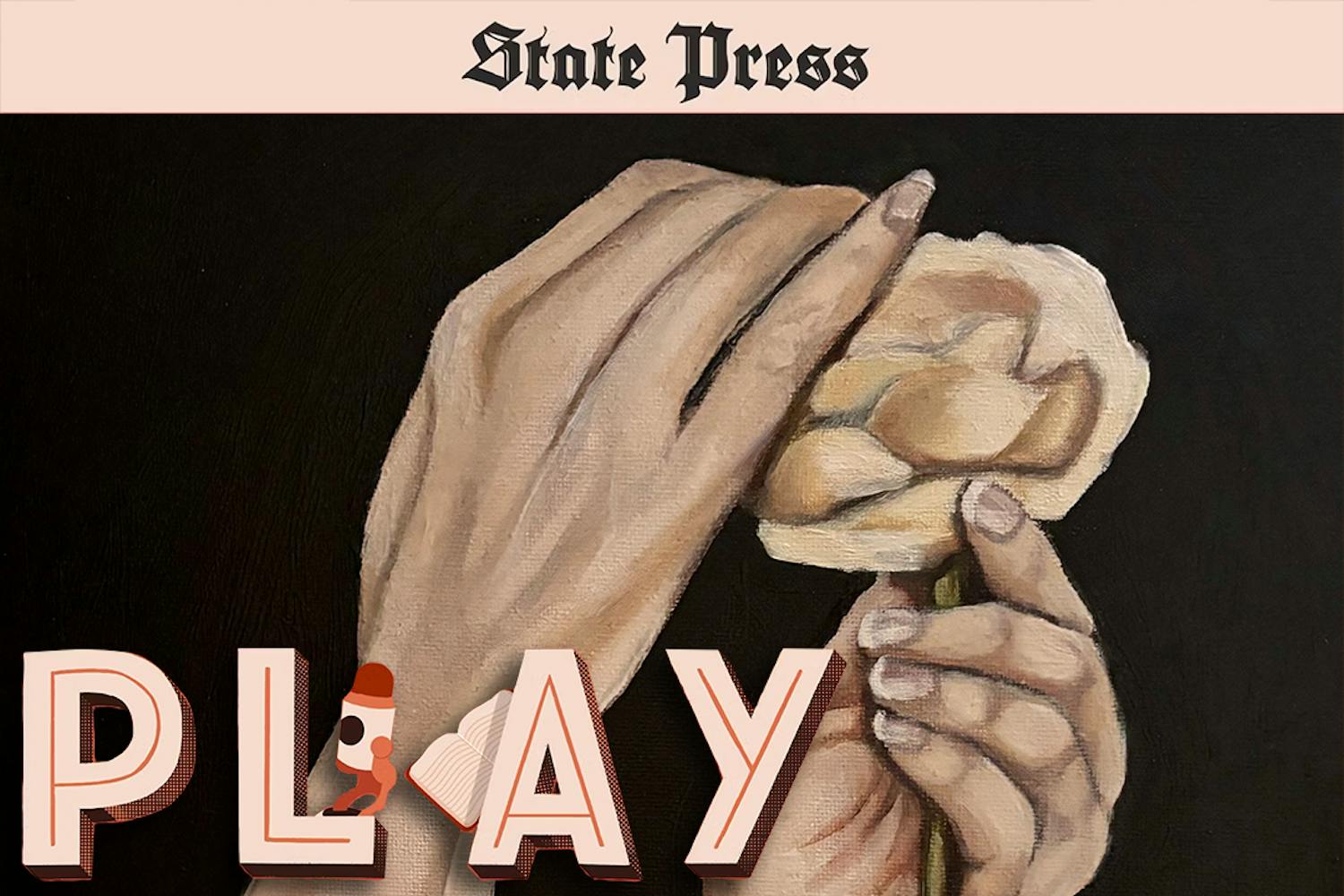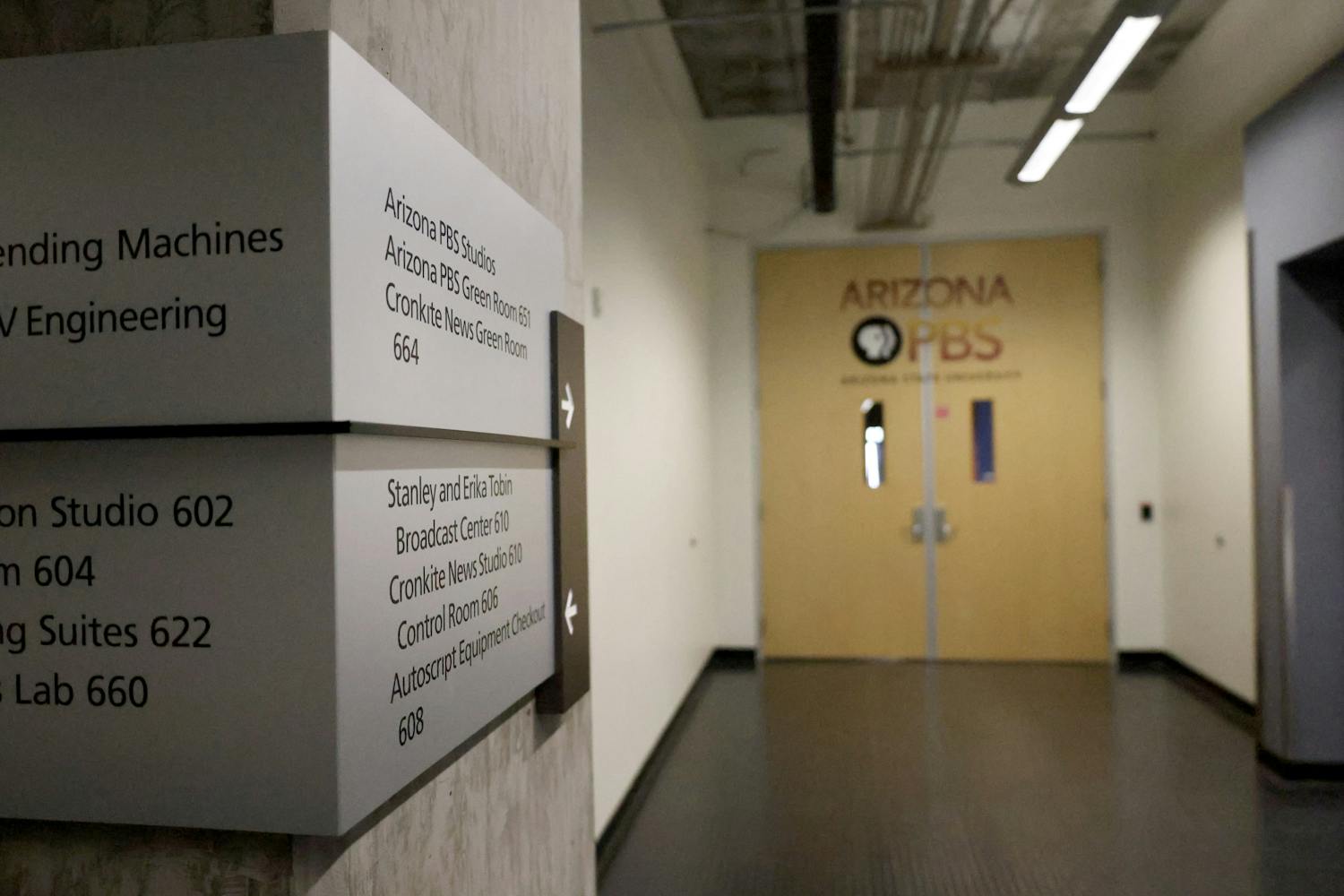The Herberger Institute for Design and the Arts received a $32,000 National Endowment for the Arts grant to fund an ASU public practices project.
The project, funded as part of an Art Works and Challenge America Fast-Track grant, is called At Home in the Desert: Youth Engagement and Place. It engages Phoenix youth in dance, music and theater by bringing nationally recognized artists, ASU students and faculty in those fields together.
Elizabeth Johnson, coordinator of the project and co-director of the dance portion of the program, helped write the grant proposal to fund the project.
"The program is predominately for lower socio-economic backgrounds that would not have access to nationally recognized artists and that might not be able to afford to take a dance class or a theater class," she said. "This really provides them a one-on-one opportunity for artistic excellence."
Co-directing the dance segment with Johnson, Mary Fitzgerald will also be working with Girl Scouts and students from South Mountain High School to produce a project called "A Moving Field Guide."
"We set up structures and choreography that's all based around what it means to live in the desert," Fitzgerald said. "The dancers create the movements, and then we as directors help to structure it."
Assistant music professor Richard Mook will direct the music portion of the project, Hip-Hop for Oasis.
It will address thriving in the desert through the metaphor of music and hip-hop, Johnson said.
Stephani Woodson, theater associate professor and director of the program’s theater portion, will be launching a secons segment of the project in the fall.
"School kids will create digital stories exploring the cultural meanings of particular places and then 'cache' them via GPS technology at particular sites," Woodson said.
Geocaching is a technology-based activity that allows a GPS user to create Geocache locations to be seen and found by other users.
“The (youth) will create digital stories exploring the cultural history of the landscape through oral histories and historical research,” Woodson said. “Stories will link to specific locations via GPS technology and will be accessible for smart-phone viewing via YouTube.”
This activity will help the children with both their artistic and collaborative integration, she said.
"Story Geocaching is a fresh way to engage an intergenerational public with art," Woodson said. "This project takes the concept of 'treasure' to both the virtual and the creative level by collaborating with school children exploring local and cultural history."
Linda Essig, a theatre professor, helped author the grant proposal and also works to coordinate and evaluate the three segments of the project.
"We're introducing the youth to the arts in higher education so that they understand that they can pursue their interest in the arts when they go to college," Essig said.
The program will offer a sample of what the youth has been working on in April and a full production display later in the fall, Essig said.
Not only does the project provide insight into life in the desert, but it also gives youth the chance to view their home environment in an artistic manner, Johnson said.
"I hope that giving students an artistic lens through which to look at their world will be meaningful and powerful in their lives whether they choose a career in the arts or any other field they might pursue," Johnson said.
Reach the reporter at dgrobmei@asu.edu
Click here to subscribe to the daily State Press newsletter.





